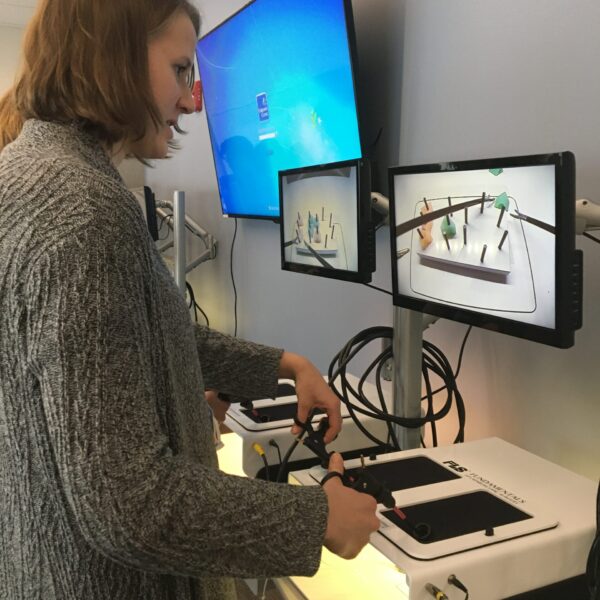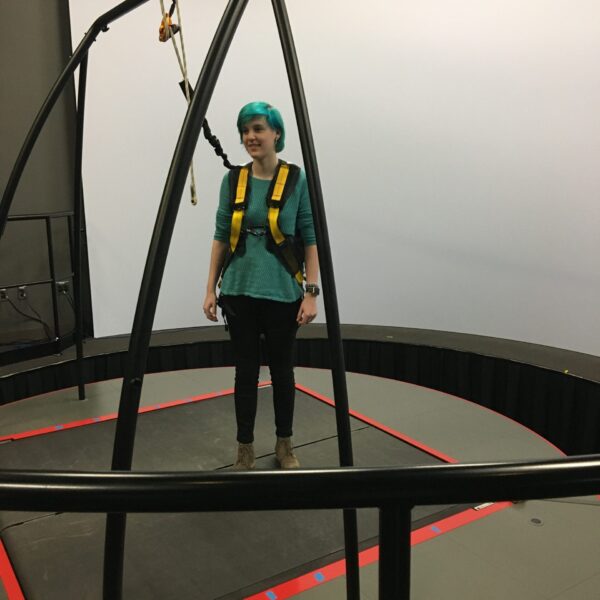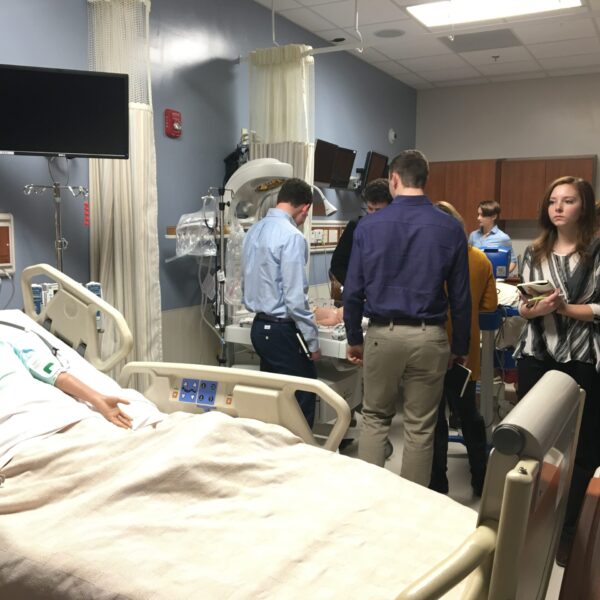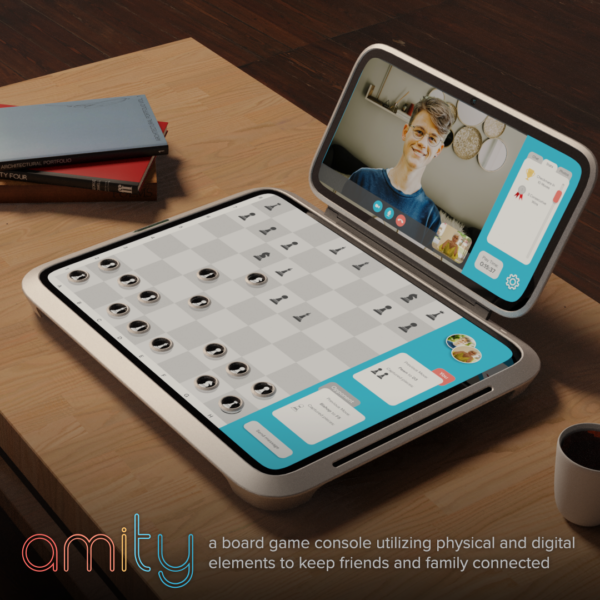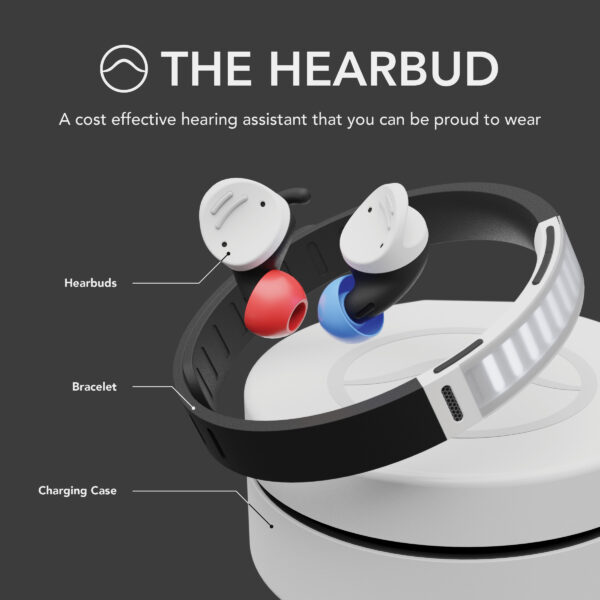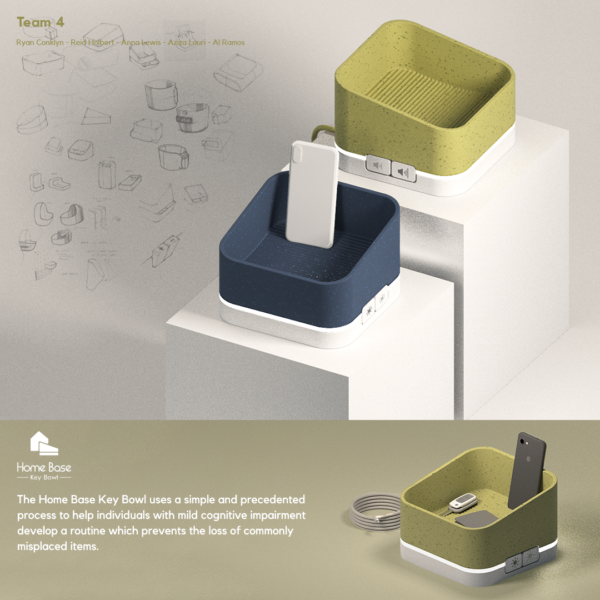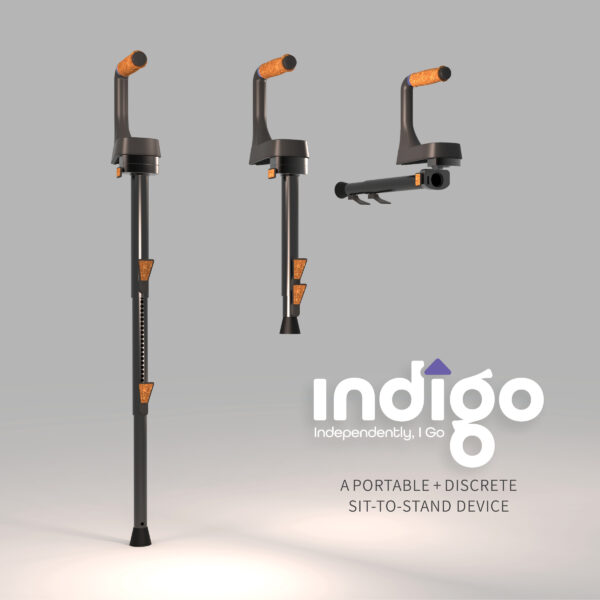Course Developed:
Needs Identification In Healthcare
Design Sprint (JLABS and Carilion Clinic and Children’s National) – Summer Program
Healthcare-related independent research and design study
Course Thought at Virginia Tech:
Design Research
Industrial Design Senior Projects
Design Studio IV (seniors)
Design Studio III (juniors)
Design Studio II (sophomores)
Students work examples
Statement:
I believe my teaching style is an accurate representation of who I am. Based on my years of experience working as a professional designer on large, multidisciplinary projects, I strive to communicate the importance of collaboration to my students, and how to understand a project from industry and community perspectives. I encourage students to imagine that they are professionals and each project is for a real client. I remind them to consider the limitations in production and also the variety of customer expectations that they might confront.
Another aspect I believe it is important to emphasize in the classroom is how community-based participatory research has a significant role in any design project. Understanding the possibilities and constraints of inherited situations through qualitative and quantitative research methods can lead the students to a new understanding of the importance of evidence-based decision-making in the design process. Being more research-focused has a significant impact on the success of any design. My Ph.D. studies in Japan provided me with a unique experience in design research, and I believe that even undergraduate students need to understand the importance of these methods and theories so they can practice planning the research and choose proper methods based on the unique needs of each project and community.
One of my main concerns is conveying the importance of design responsibility. I believe that design should be data- and technology-informed, not data- and technology-led. Understanding the importance of this philosophy will help our graduates as a professional designer to learn how to speak a common language with other stakeholders. Based on this, I provide opportunities for students to practice understanding the interactions between users, communities, and any stakeholders involved with the suggested design. This approach is based on cognitive user behavior and different ways of analyzing user needs, which can lead the student to an optimized user-product interaction context for their designs. My Ph.D. thesis, which was focused on experimentation, investigation, and utilizing a rigorous human-centered evaluation method, is directly related to this.
I believe that teaching these perspectives is not possible unless there is a studio-based culture of collaboration with internal and external resources. In my three years of teaching at Virginia Tech, I’ve continuously collaborated with different disciples and professionals. In my senior design studio last fall, I designed a series of studio projects that included a direct connection to a professional for each topic. I also work closely with faculty and professionals in biomechanical engineering and medical science on several teaching and research projects. One recent outcome of this is a four-year NIH Grant that allowed us to create a collaborative, cross-listed course entitled “Unmet Needs Identification in Healthcare,” for which I am the Co-PI and Co-Instructor. The course allows students to become immersed in a real-world, clinical setting with patients and professionals where they practice various needs-identification methods.

